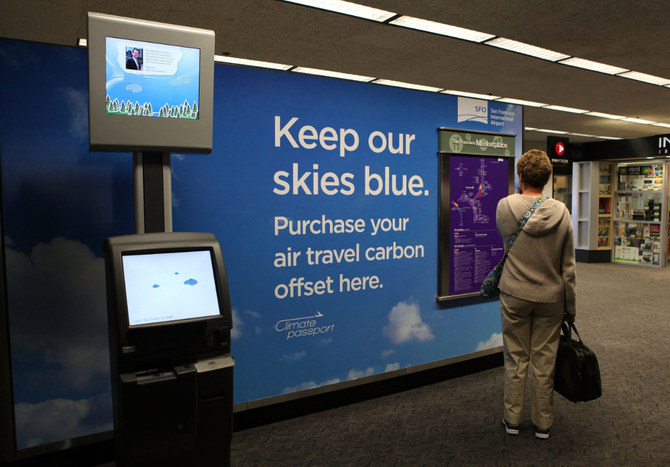
It is an unfortunate fact that deforestation remains on the rise. This means that it is highly unlikely that the world can fulfill its 2030 commitment to end forest degradation. The previous global initiative, the 2014 New York Declaration on Forests, also unfortunately failed to meet its key targets and pledges. It is important for governments and corporations to come together in order to tackle this critical issue before it is too late.
Deforestation, the process of permanently removing a large number of trees, or thinning and clearing of forests by human beings, has been a critical global concern.
The world has lost nearly one-third of its forests, an area twice the size of the US, with half this loss occurring in the past century with growing industrialization. It is estimated that if the world does not take swift action, we will have only 10 percent of rainforests left by 2030, while all rainforests will be cleared within a century.
By the time you finish reading this paragraph, forests about the size of several soccer fields will have been lost, since almost 2,500 trees are cut down each minute. Since 2016, almost 28 million hectares of forests disappear every year. To put it in perspective, this is an area twice the size of Greece. Africa, South America, and South Asia have the highest rates of deforestation. Countries with the highest rate of deforestation are Nigeria, Honduras, Brazil, Ghana, Nepal, India, Indonesia, North Korea, Ecuador, Argentina, Zambia and Tanzania.
It is important to point out that, while fires and hurricanes can cause deforestation, human activities are the major reason behind the considerable rise in forest degradation. The leading contributors to deforestation are clearing forest areas in order to increase agricultural land; livestock grazing to produce meat; logging to produce furniture, paper, and packaging materials; and mining. So-called slash-and-burn techniques involve burning an area so that ash will fertilize the land for crops. But this carries a big problem due to the fact that the land can be used only for a few years, and then the technique has to be used in other areas.
Other important contributors to deforestation are population growth; the rapid rise in urbanization; more frequent application of fertilizers, pesticides, and other chemical elements to produce crops; over-consumption; and expansion of manufacturing and industrial sites.
Without doubt, climate change is another major contributor. This is not only linked to longer periods of droughts, but also causes more frequent and disastrous floods, wildfires, storms and tropical cyclones, soil degradation, and heat waves.
Continued deforestation will have severe consequences for people, the environment and the planet.
It is worth noting that trees and forests play a key role in absorbing carbon dioxide, which will lower the amount of greenhouse gases released into the atmosphere. As it has become evident, carbon dioxide emissions are the primary driving force behind global climate change.
As a result, this phenomenon is creating a dangerous cycle where the rapidly changing climate is, in return, having a damaging impact on the agriculture industry, decimating forests and land, and causing more droughts. This is affecting the African continent due to its arid environment, which causes water stress or scarcity, with demand frequently higher than supply.There are other negative impacts. Deforestation can lead to greater soil degradation, loss of habitat and biodiversity, extinction of species and wildlife, an increase in flooding, and detrimental effects on public health.
The rising rate of forest clearing also worsens air pollution since trees are important in creating oxygen, as well as regulating and controlling the level of water in the atmosphere. Forests are also an important source of medicine.
Finally, deforestation affects indigenous communities that heavily rely on the forest to provide for basic necessities, such as food and medicine. Often corporations and governments try to evict indigenous groups and communities ahead of the deforestation process.
The good news is that the world can halt the current rise in deforestation, and also reverse the process.
To stop and reverse deforestation, governments, companies and individuals must come together before it is too late. Some actions include adopting sustainable agricultural practices; passing strong forest protection policies; supporting indigenous communities and natural habitats; educating people about the negative impacts of deforestation on humans, species and the environment; avoiding overconsumption, along with decreasing the use of packaging and single-use products; going paperless; and definitely planting more trees.
In spite of the pledges made, deforestation is on the rise. This is having a severe impact on humans, other species, the environment, climate change and the planet. The world still has time to halt and reverse deforestation, but we must all — governments, companies, and individuals — come together and act now.












